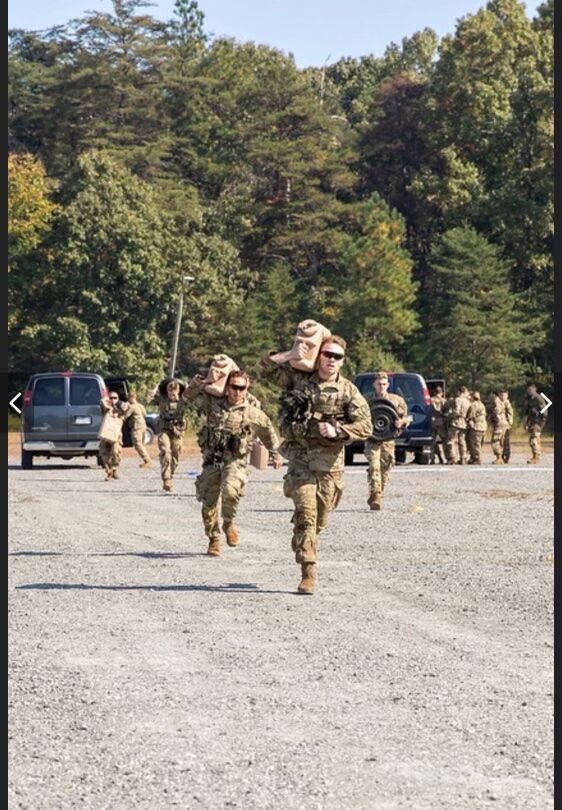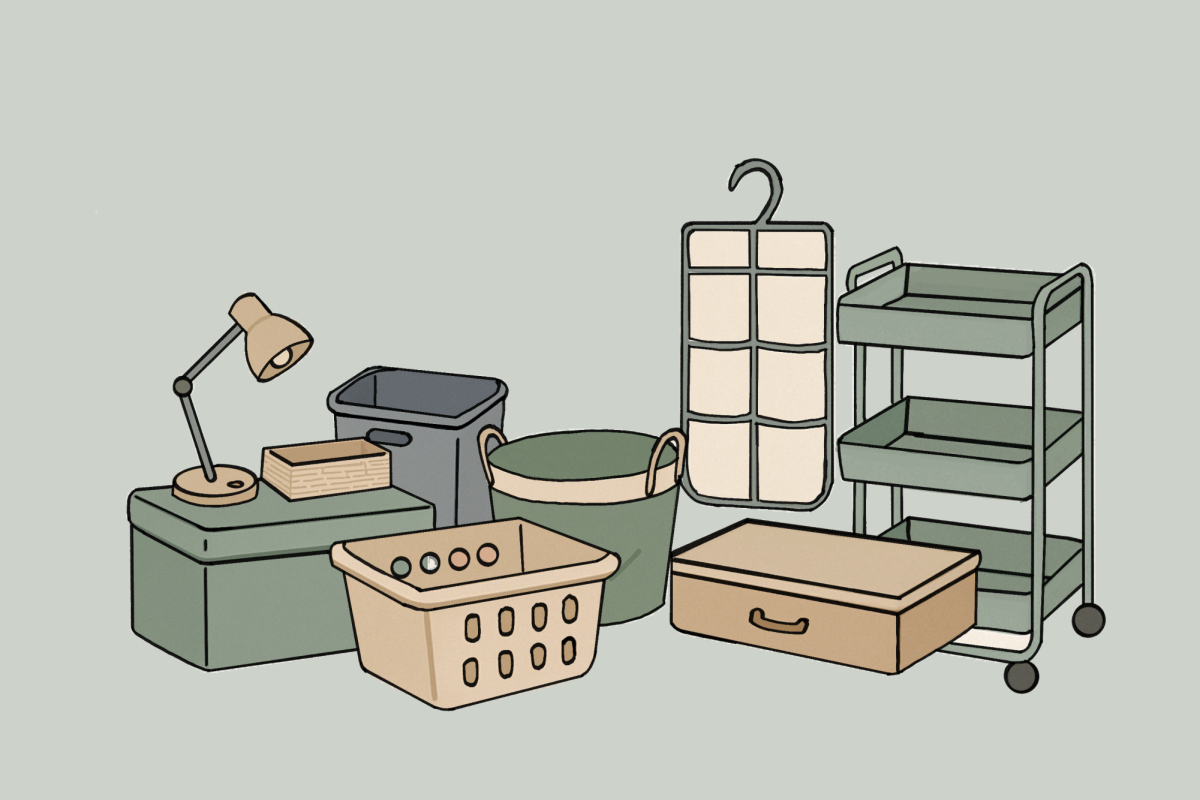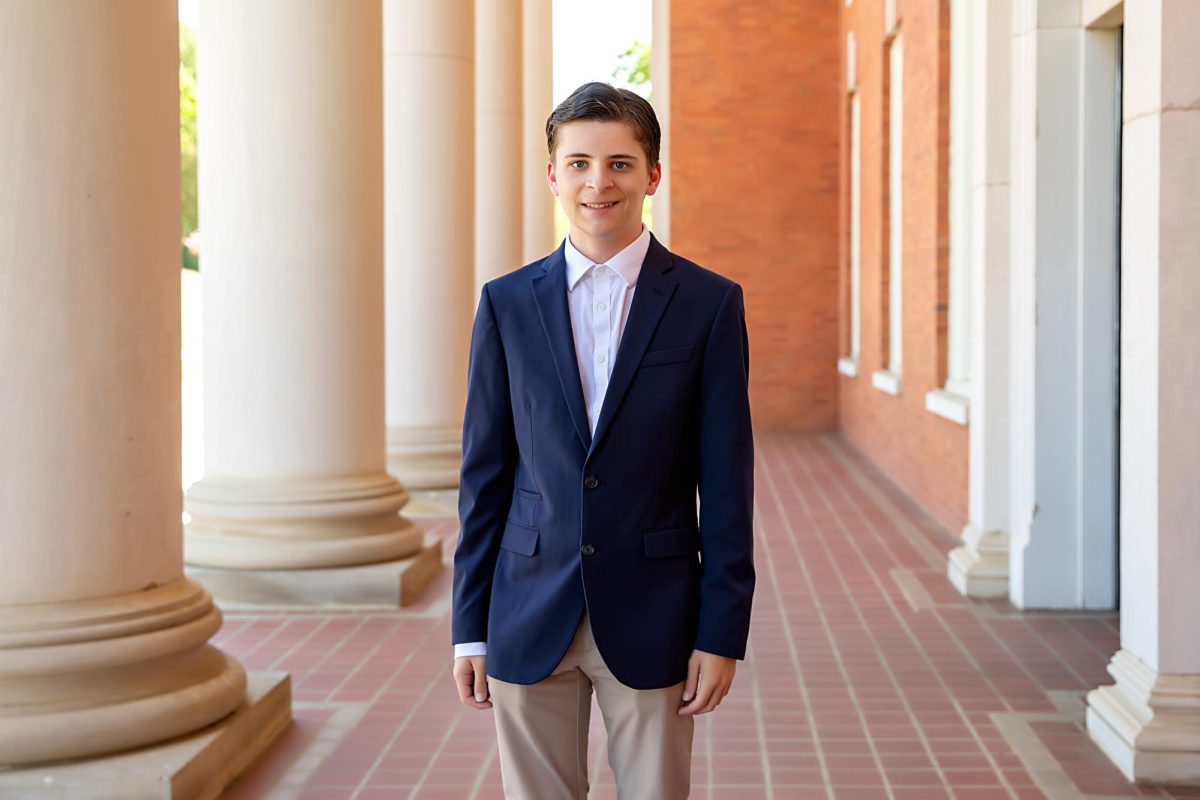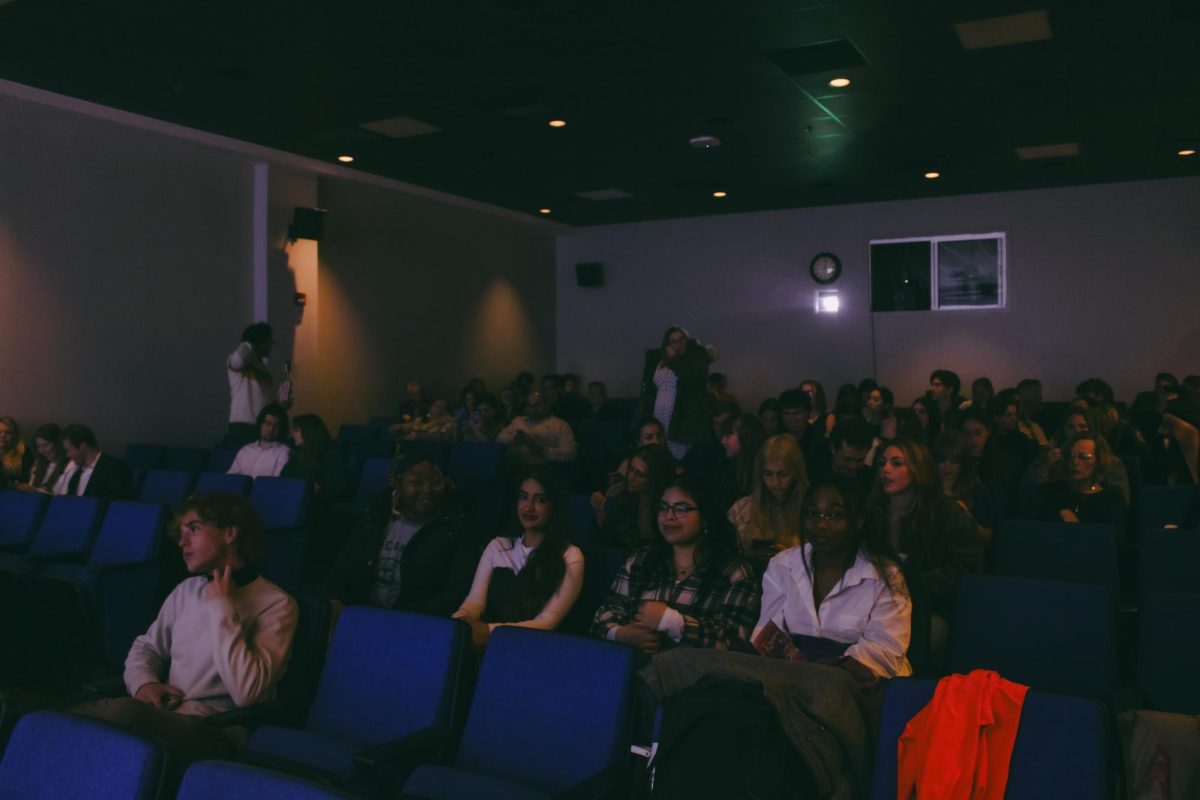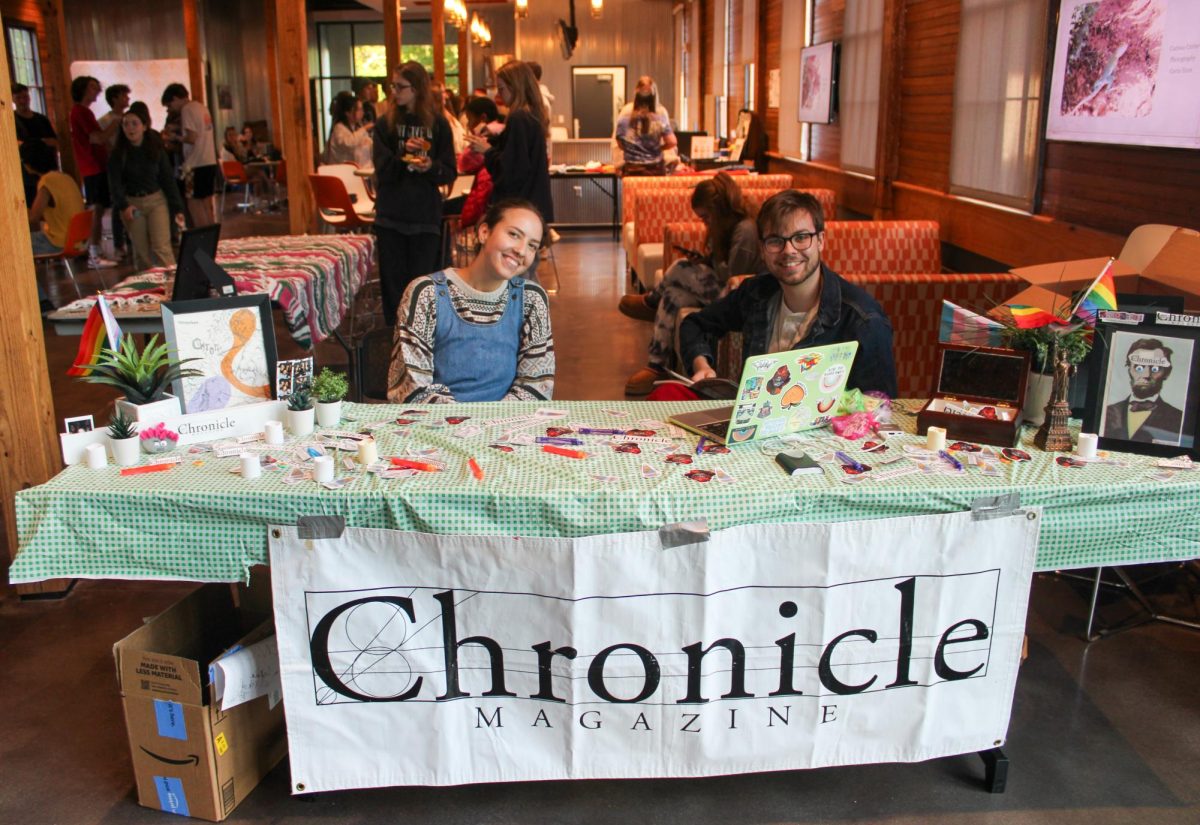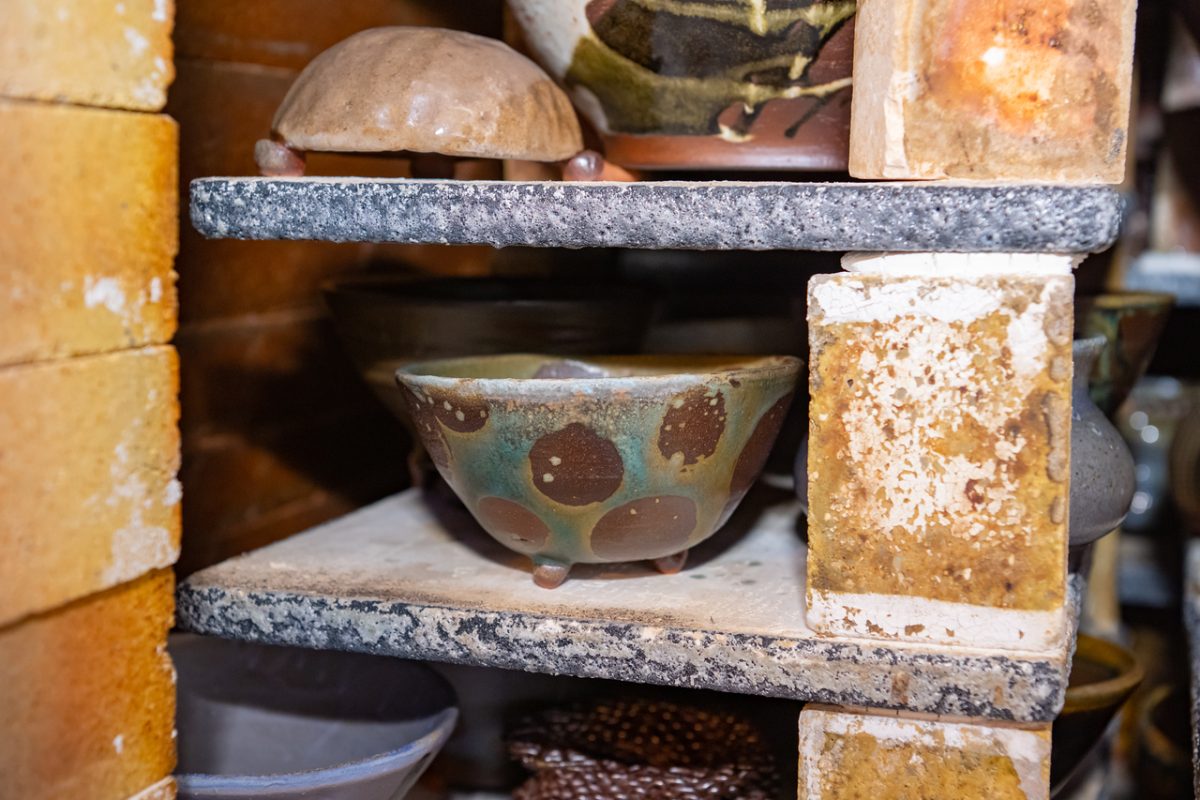You see them across campus, possibly wearing their camouflage uniform or maybe just everyday clothes. Despite their attire, Clemson’s ROTC program is one of the biggest groups on Clemson’s campus, yet many don’t know exactly what it is its cadets do on a daily basis.
Clemson’s Army ROTC program first came about in 1893 in the University’s first full-time academic year. The program aims to “prepare college students to succeed in any competitive environment,” according to its website. The program currently offers both two-year and four-year programs for both men and women.
One unique member of the ROTC program is Cadet Suds Longacre, a junior engineering major at Clemson.
Suds, along with all other ROTC students, is a cadet in the Fighting Tiger Battalion and has been recognized for his outstanding leadership attributes as well as numerous fitness awards.
Like that of many other ROTC cadets, his everyday schedule and routine is quite different from that of many other Clemson students.
“Every day, Monday through Friday, I am normally waking up at 5:15 a.m.,” Longacre said. “I then get myself dressed and ready, and head from my apartment to physical training (PT).”
PT consists of preparing for the Army Combat Fitness Test, and workouts are done that will help cadets complete the test, such as pull-ups, sled pushes and running.
While a 5:15 a.m. wake-up every day sounds daunting, Suds has grown accustomed to the routine.
“It’s my third year doing ROTC, so I’ve gotten used to the routine, but it’s still hard to wake up at times,” he added.
When finished with PT, Suds then makes the dreadful walk to class that every Clemson student can certainly relate to. As an engineering student, his class schedule isn’t much different from his peers. However, his schedule consists of much more than just class.
“I usually have two to three classes in the morning,” Suds noted. “On top of that, I have a mandatory of two PTs a week, one class with my fellow junior cadets on Tuesdays, and a lab on Thursdays from 2:15 to 5:30 p.m.”
“Juniors teach the lab geared towards freshmen and sophomores, while seniors overlook and provide feedback for us,” Suds said.
“In the beginning of the year, we teach basic combat skills,” he continued. “We help them with the small picture before moving into the big picture. We also teach them undercover and squad tactics, such as bounds through the woods, which (is) how to successfully move up when under fire.”
“All of ROTC revolves around the infantry, so we essentially teach them how to be in the infantry,” Suds said about the lab.
Classes for Suds are usually done around 2 p.m., but depending on the day or time of year, class might just be the easiest part of the schedule.
From Oct. 14-16, Suds and 12 other cadets competed in the Army Ranger Challenge in Virginia.
Not every cadet in ROTC participated in the Ranger Challenge, as Suds described it as “more high speed, and it is aimed at cadets that want to go above and beyond what the normal schedule consists of.”
Participating in this event also required much preparation beforehand.
“For the Ranger Challenge, we would have classes on how to learn to call for artillery fire, as well as TCCC, where we learn how to take care of an injured fellow or enemy soldier in combat,” Suds said. “Usually, two or three times a week, lasting for an hour, hour and a half.”
If you think that the ROTC program is something you envision as too much for a student to balance, you wouldn’t be alone.
Suds’ three roommates, Mitch Rhyne, Ryan Bokowy and Matt Garrett, each have their own schedules that differ immensely from Suds’, and they too don’t know how Suds does what he does. It’s a common theme among his roommates.
“I’m not waking up until nine in the morning most days,” Rhyne explained. “At that point, Suds is well into his own schedule, and I’m there making my breakfast.”
“I have enough trouble keeping up with my schoolwork during the week,” Bokowy said. “I also know that (Suds’) own homework as an engineering student is a lot to keep up with.”
“I think I’m an early-riser, getting up at seven most days,” Garret said. “Suds is already up for a couple hours by that point.”
While Suds may make it seem easy, don’t be fooled. It is very much of a challenge for Suds and other ROTC to balance their workloads.
“School’s tough enough already, and it really is tough to balance school, social life, ROTC, going to the gym, eating three times a day, and getting enough sleep,” Suds noted.
Like most members of ROTC, weightlifting and physical fitness is an important part of their daily schedules.
“I’m very big into weightlifting,” Suds said. “I usually go to the gym when I’m done with school or pretty late at night. I usually prioritize strength training because we have to fit standards of physical fitness for ROTC, so for me personally, I have to fit a weight category of 200 to 210 pounds.”
The prioritization of fitness and strength for Suds has certainly been paying off.
“For PT, there’s an Army Combat Fitness Test,” Suds added. “It’s easy to pass the test, but it’s very difficult to max it. Over the summer, there were 4,000 cadets from all over the country, and I was one of the ten cadets that maxed the test.”
The ACFT is aimed at “the assessment for the physical domain of the Army’s Holistic Health and Fitness System,” according to the ACFT’s official home page.
For Suds, it wasn’t a very difficult decision for him when deciding to join the ROTC program at Clemson.
“Much of my family has done ROTC or has served in the military,” he said. “I was always interested. I thought the structure of ROTC would help me with my school life and with my social life. It helps to keep me grounded. It teaches you how to be organized, balanced, and prepares you for what comes after college.”
For his life after college, he believes ROTC and the various paths it offers are preparing him for his desired career path.
“I want to be a helicopter pilot for the Army National Guard,” he said. “Because of ROTC, I am able to do SMP, which allows me to go out to different branches in the Army, so I can see if I like one specific branch before I commit to one in two years. I can do aviation and see if it suits me before I say I want to do it.”
If a student is on the fence about whether or not they should join ROTC, Suds believes the way the program is designed allows you to experience the commitment and structure, while not having to think you are locked in for your whole time at college.
“If you’re still uncertain, you don’t have to serve or anything of that nature after college,” he said. “Many people will join their first two years because you get in-state tuition for those two years even if you live out of state. It gives you more sense of certainty for life after college, because the program really sets you up for the future.”
For Suds and the other cadets, they are dedicated, hard-working individuals that are often tasked with doing more than just their schoolwork. ROTC is a program at Clemson that many students do not know much about, but Suds Longacre is an example of one of its outstanding members that does more than he is asked, and also somehow finds the will to keep up with his school and social life.
Longacre competes in Army Ranger Challenge.



